It is located on a small portion (28 acres) of the Snee Farm, the property Pinckney inherited from his father in 1782.
The Visitor Center has exhibits about Pinckney's life, his role in the history of South Carolina and national politics, the plantation at Snee Farm, and the artifacts found here during archeological excavations. A tidewater cottage built in 1820 of native cypress and pine serves as the Visitor Center.
The cottage is built on the site of the original Pinckney house. More than 150,000 artifacts have been found from both the Pinckney household and the slave cabins through the excavations on the property.
The foundations of two slave cabins, plantation kitchen (separate from the house), and servants quarters were also found during excavation. Plantation records indicate that a family of 8 slaves lived in a one of these one-room, 16' x 20' cabins.
The land for Snee Farm was deeded to Richard Butler in 1698 and sold to Pinckney's dad in 1754. He developed it into a typical Low Country plantation where he raised cattle, indigo (until the Revolutionary War), and rice. Slaves were imported from West Africa who had the agricultural skills to successfully grow rice. Forty to sixty slaves, many skilled artisans, worked the plantation. The farm was sold in 1817 and later owners replaced rice with cotton in the 1840s. During this era, field slaves sold for $1,500 and skilled artisans for $3,000.
Rice trunks (technology brought by West African slaves to the south) were used to flood and drain rice fields. Below is a small replica of one. The gate on the river side was raised at high tide to flood the field, and lowered to drain the field during low tide.
In addition to skills and knowledge on growing rice, the West Africans brought skills in basket weaving to the US. Sweetgrass baskets, made from native sweetgrass, pine needles, and palmetto leaf, were first made here in the late 1700s. The skills have been passed down through the generations and are still made in the Charleston area today.
Pinckney was educated and trained for public service as were many members of the plantation elite in the south. He was first elected to the General Assembly of South Carolina in 1779 at the age of 21. He continued to serve in public offices at the local, state and federal level for the next 42 years. He was a signer of the US Constitution and the 37th governor of South Carolina. Below is a list of his public service.
Pinckney was one of the delegates from South Carolina to the Constitution Convention in Philadelphia in 1787. He, along with three other delegates, was appointed "to prepare standing rules and order for the Convention. He was an active participant through the process and supported a strong central government and three "separate and distinct" branches of government. Many of his provisions (some accounts say over 30) were included in the final document. At that time considered controversial, one of his stipulations was that "no religious test be required to hold public office." Pinckney consistently supported the institution of slavery throughout his lifetime. An exhibit in the Visitor Center had information on the other three delegates from SC: John Rutledge, Pierce Butler and Charles Cotesworth Pinckney). Also, shown is a copy of a portion of the constitution with his signature (one of the three from South Carolina...).
When President George Washington toured the country to promote the the new Constitution and new federal government, Pinckney invited him to visit Snee Farm. Pinckney was governor of SC at the time and continued to own Snee Farm as a country estate. It was not only an official, but also a personal, invitation as the two men knew each other from their time working together in Philadelphia on the drafting and ratification of the US Constitution. Washington spent the night at the farm May 2, 1791, and socialized with Pinckney for several dinners and a ball during his stay in Charleston.
We picked up a Trail Guide in the Visitor Center and enjoyed a stroll through the forest here which there are large old oak trees and tidal wetlands. This roadway led to Haddrell's Point where a ferry provided transportation across the Cooper River to the city of Charleston. This is the route George Washington took after his stay at Snee Farm.
We continued along the Nature Trail that borders a tidal wetland. There are many massive oaks with Spanish moss along the trail. Native sea lavender grows along the edges of the salt marsh. It's always a treat to snap a photo of a beautiful butterfly.
A boardwalk leads to a tidal creek that was used a transportation in the 1700s to Charleston. Many crabs could be seen skittering around in the mud. Check out the huge claw on this one.
Black needlebrush grows along the wetlands. Our sweet doggie, Sadie, is always curious about what is on the other side of any fence/wall she can find!
We returned to the visitor center and concluded our visit with a lunch in the picnic area. I never knew much about Charles Pinckney and his role in helping to formulate the US Constitution until we visited this Historic Site. It was very interesting and worth a visit.
Website: www.nps.gov/chpi

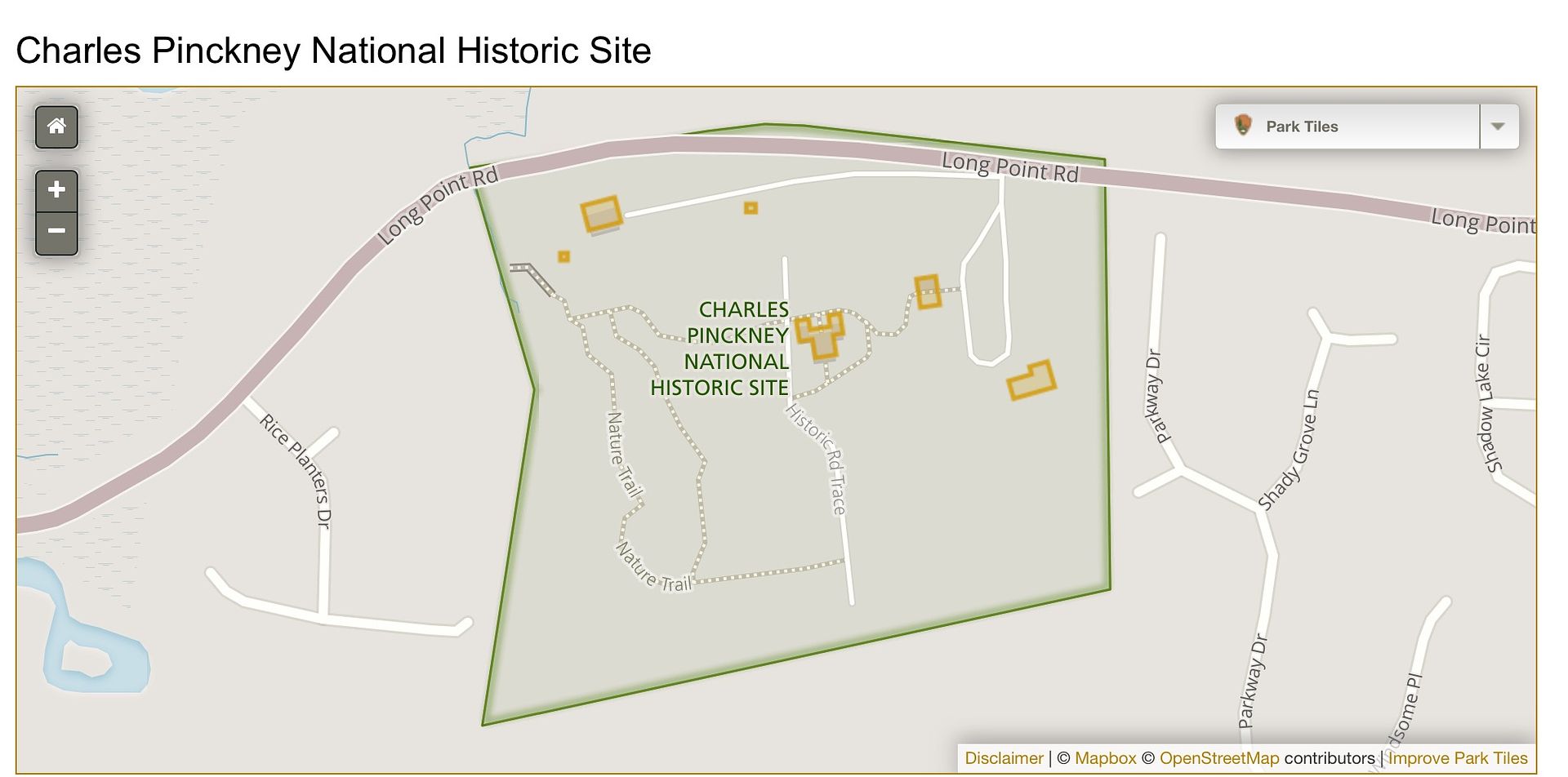
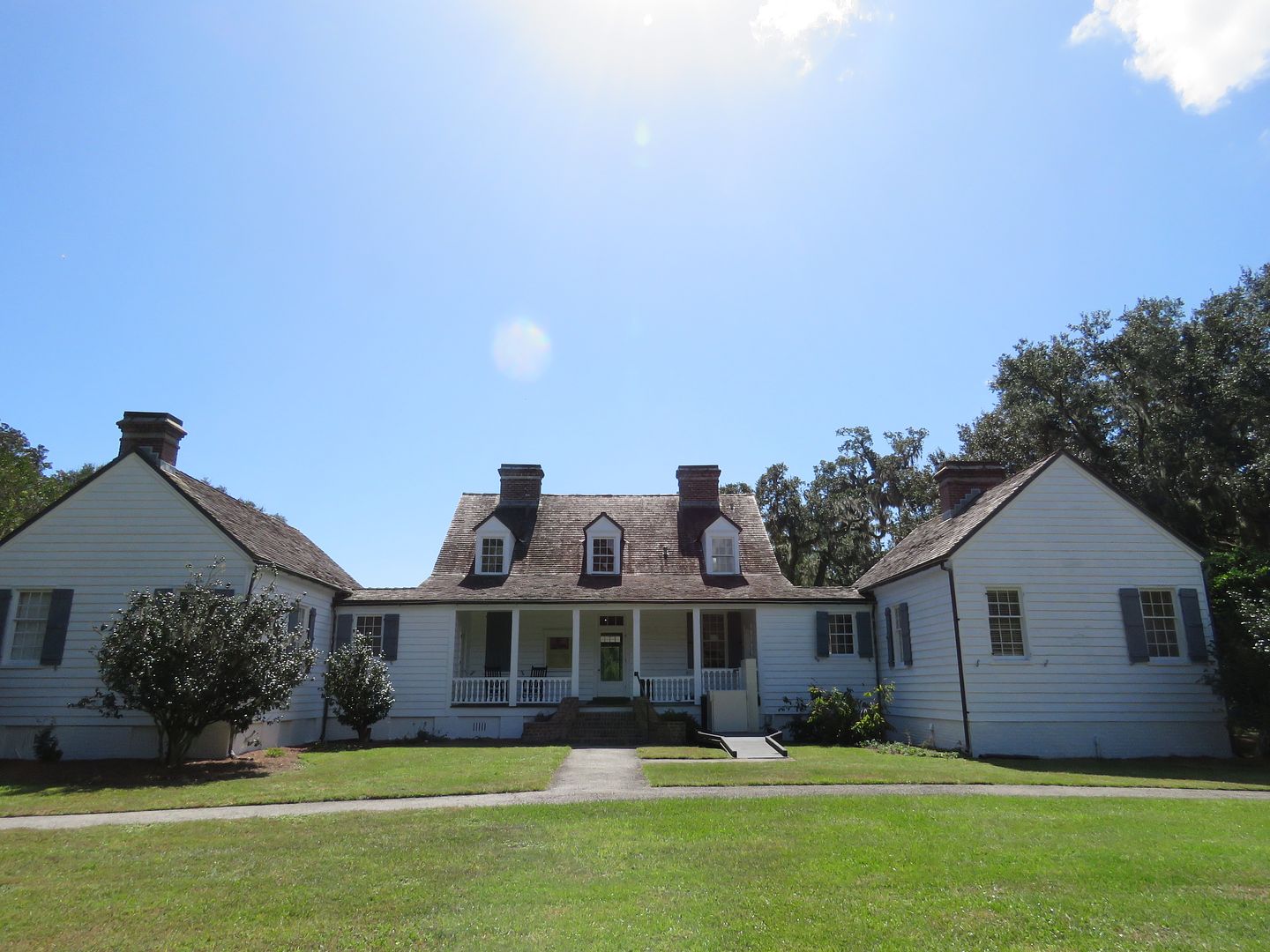
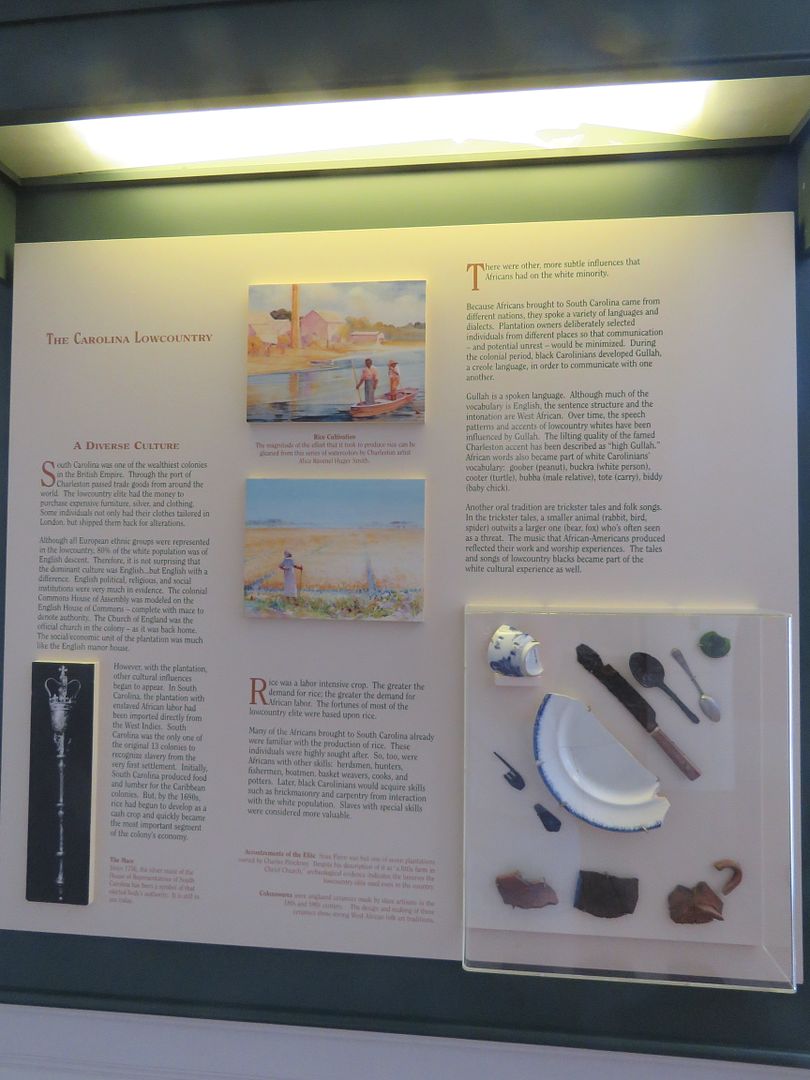
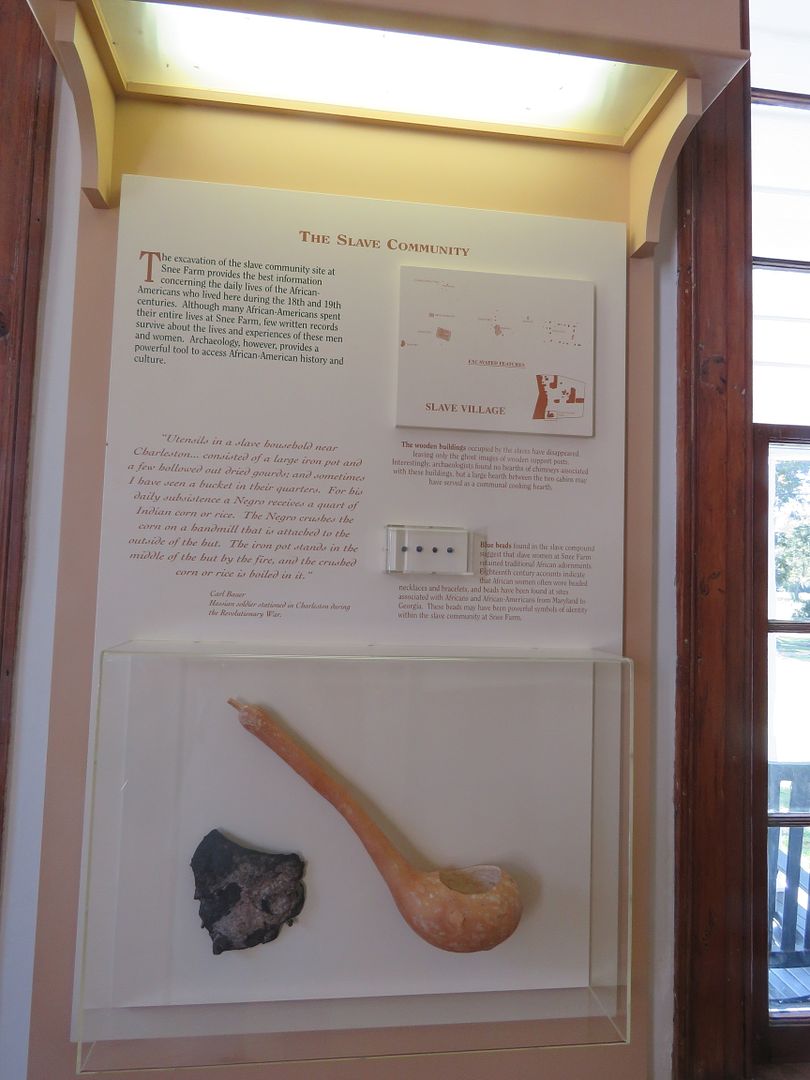
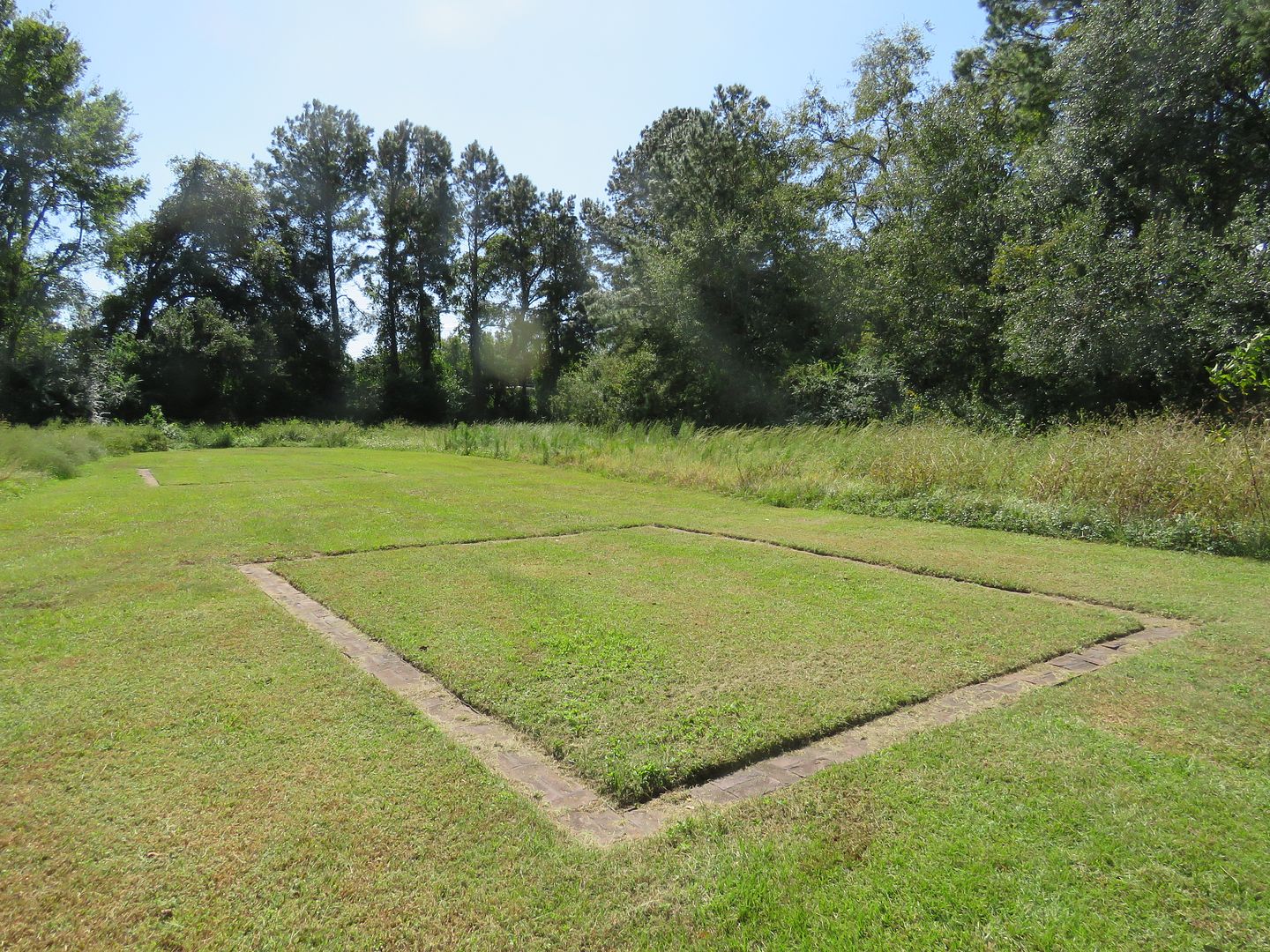

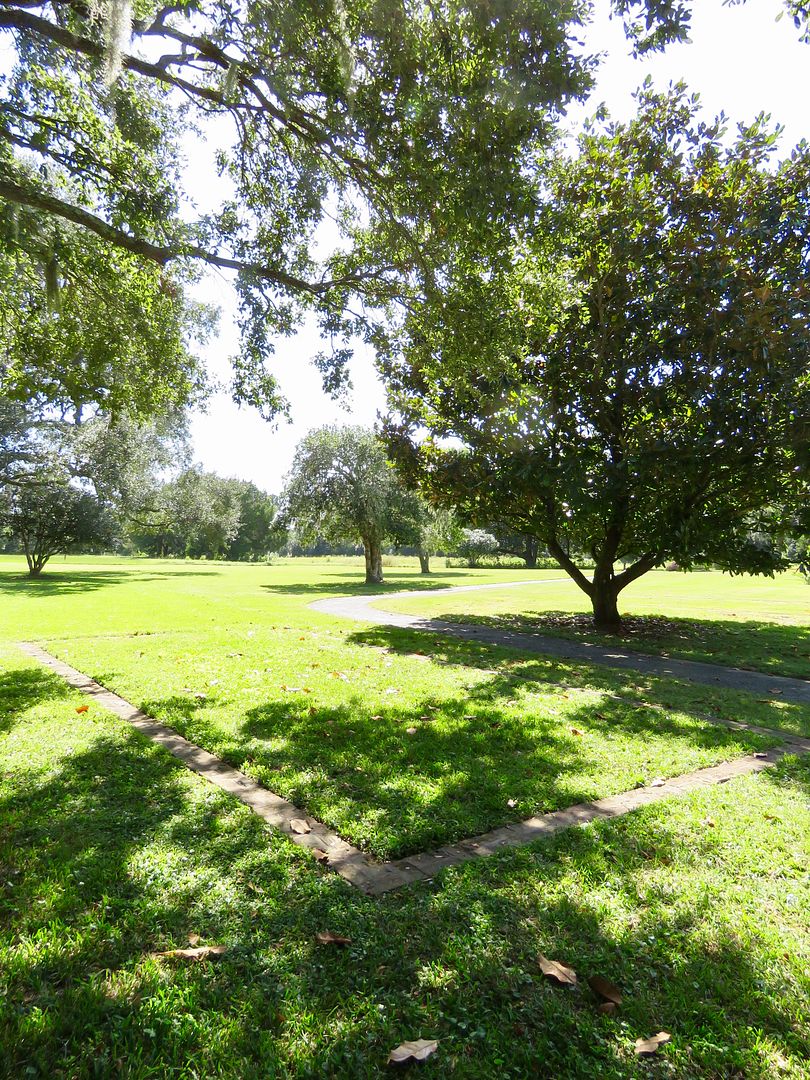
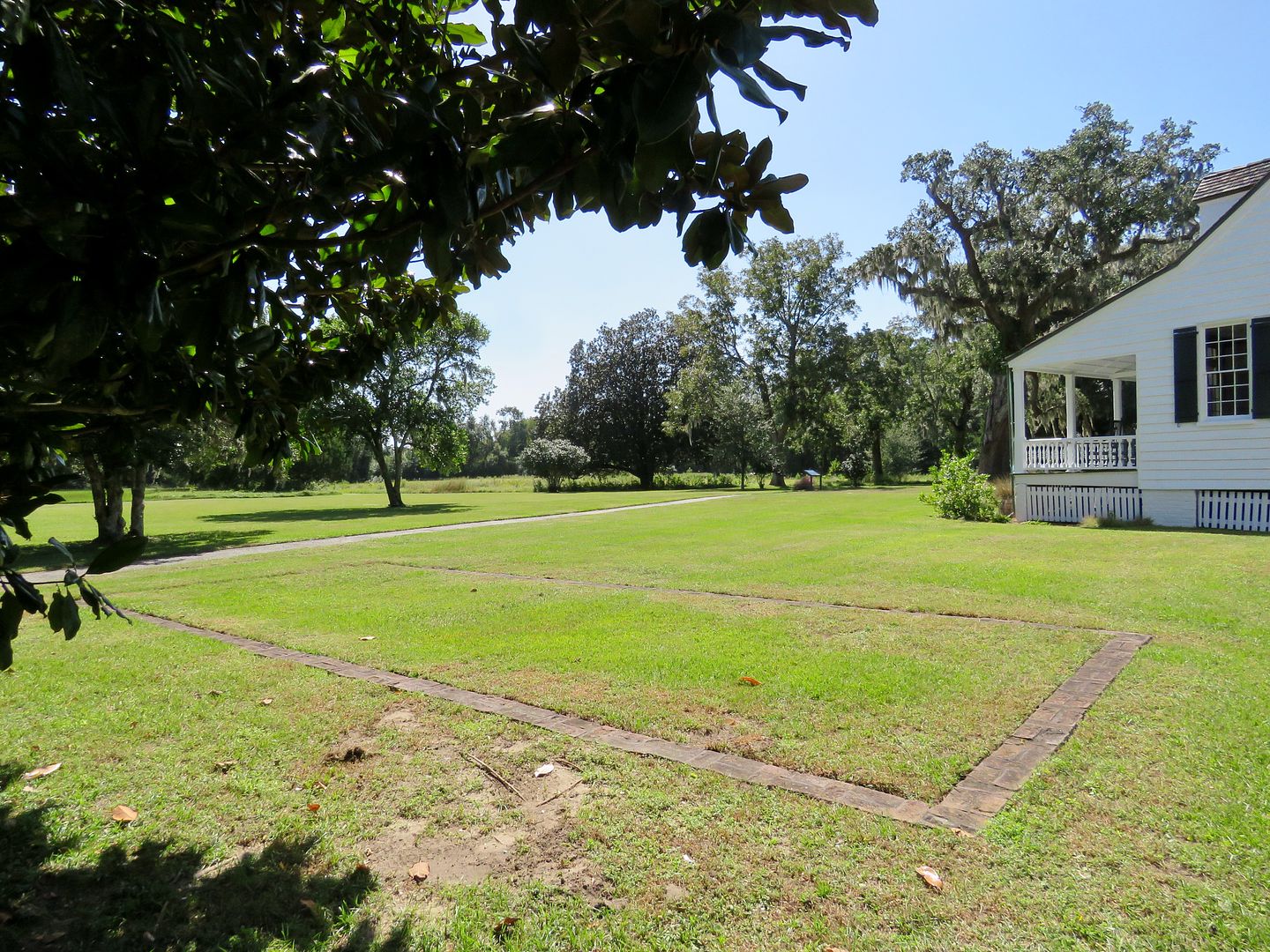
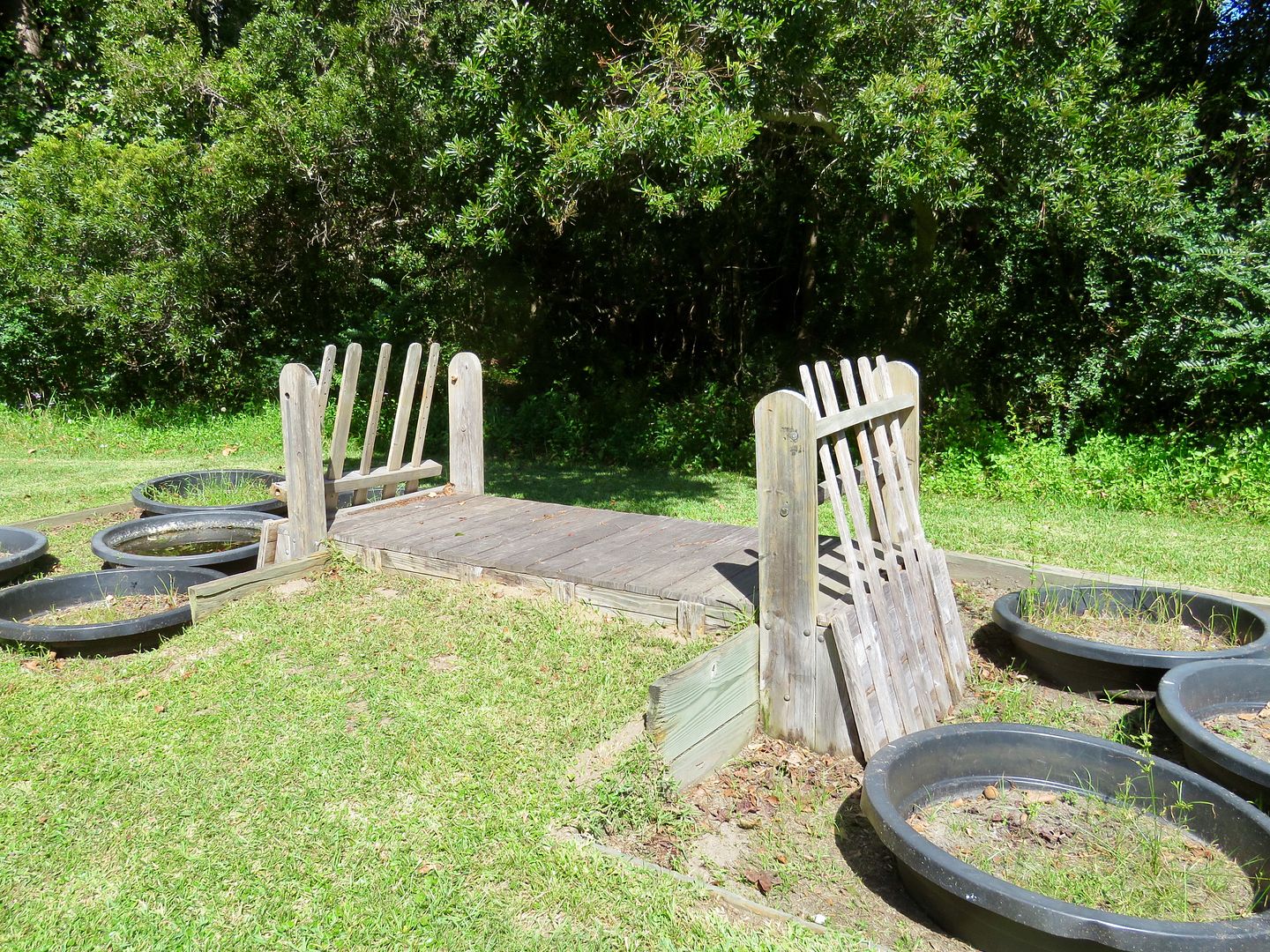
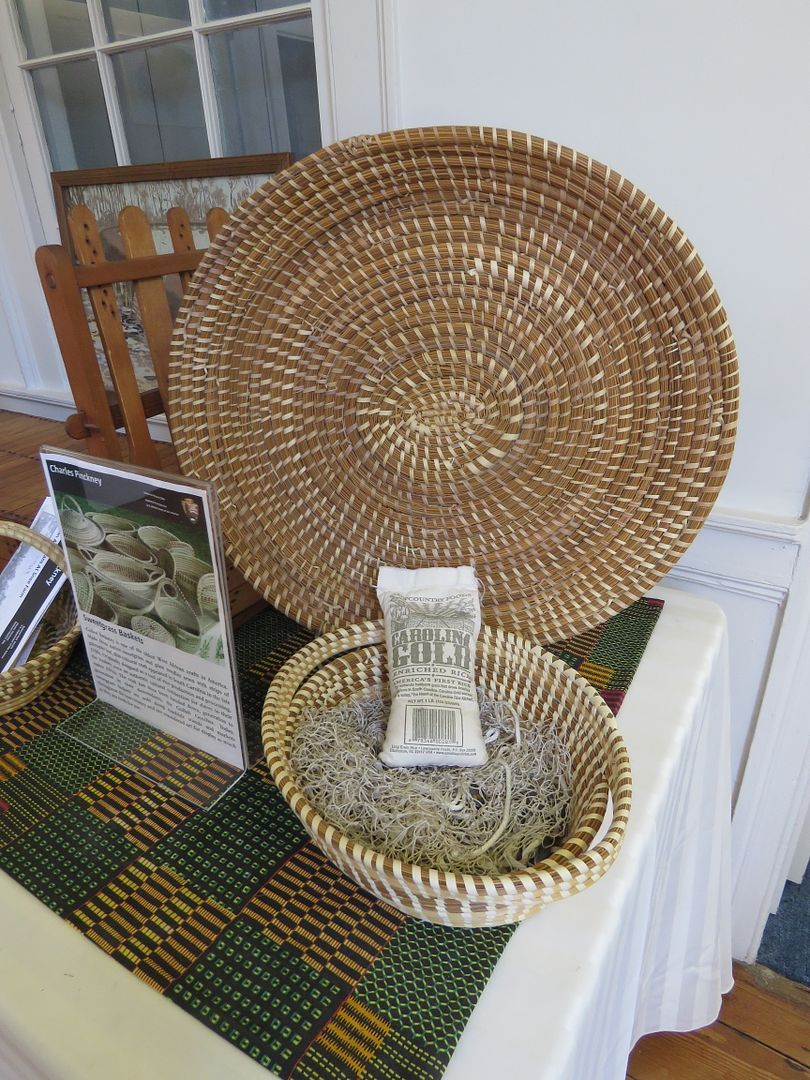
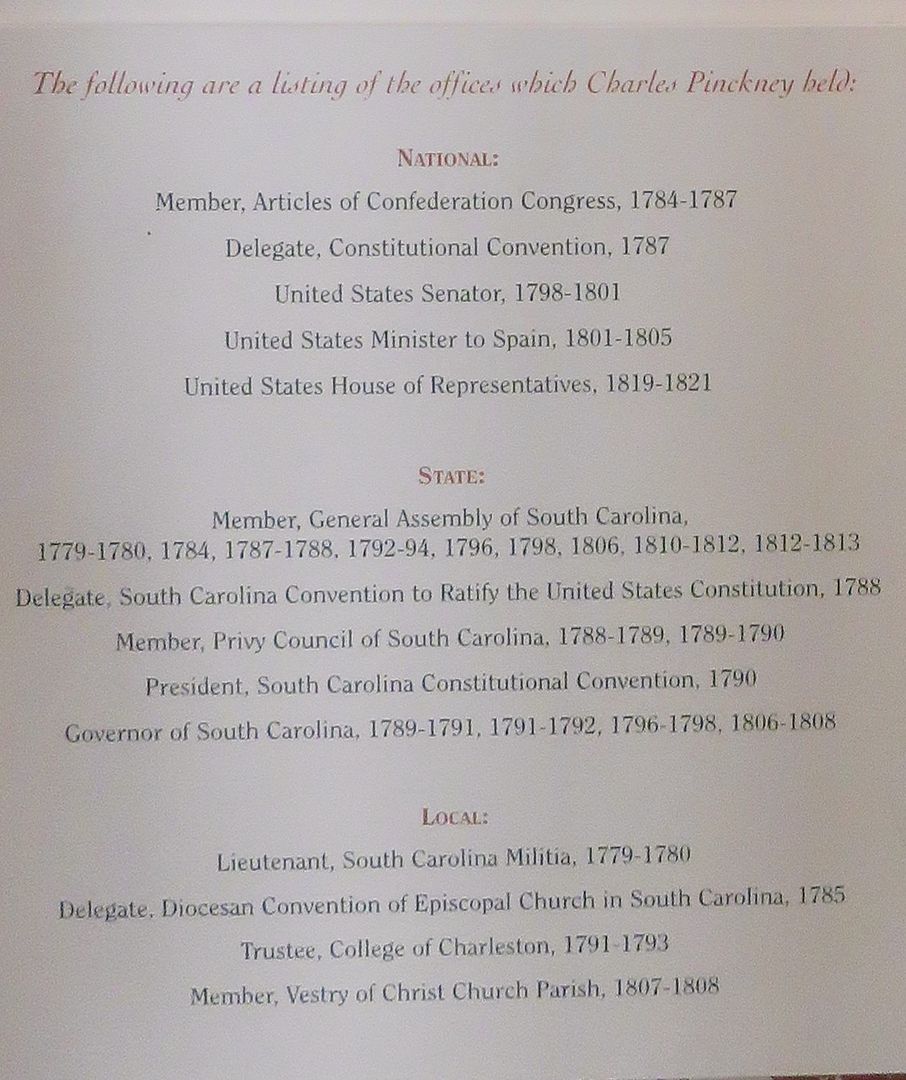
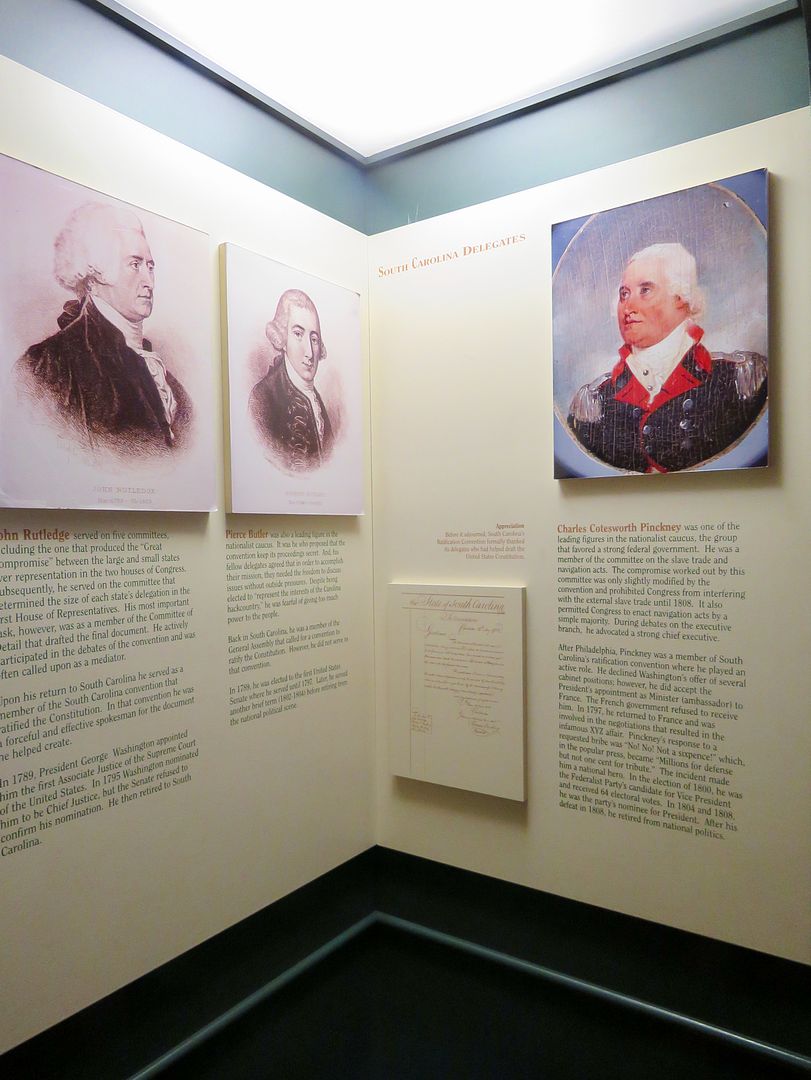
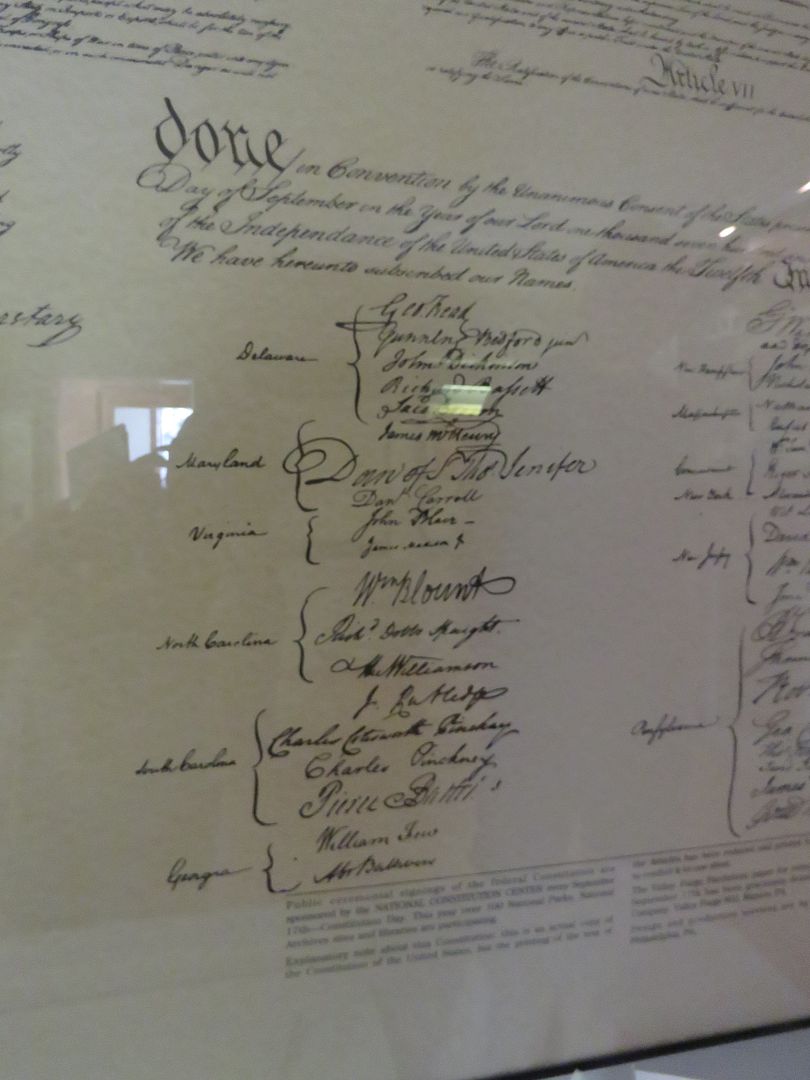
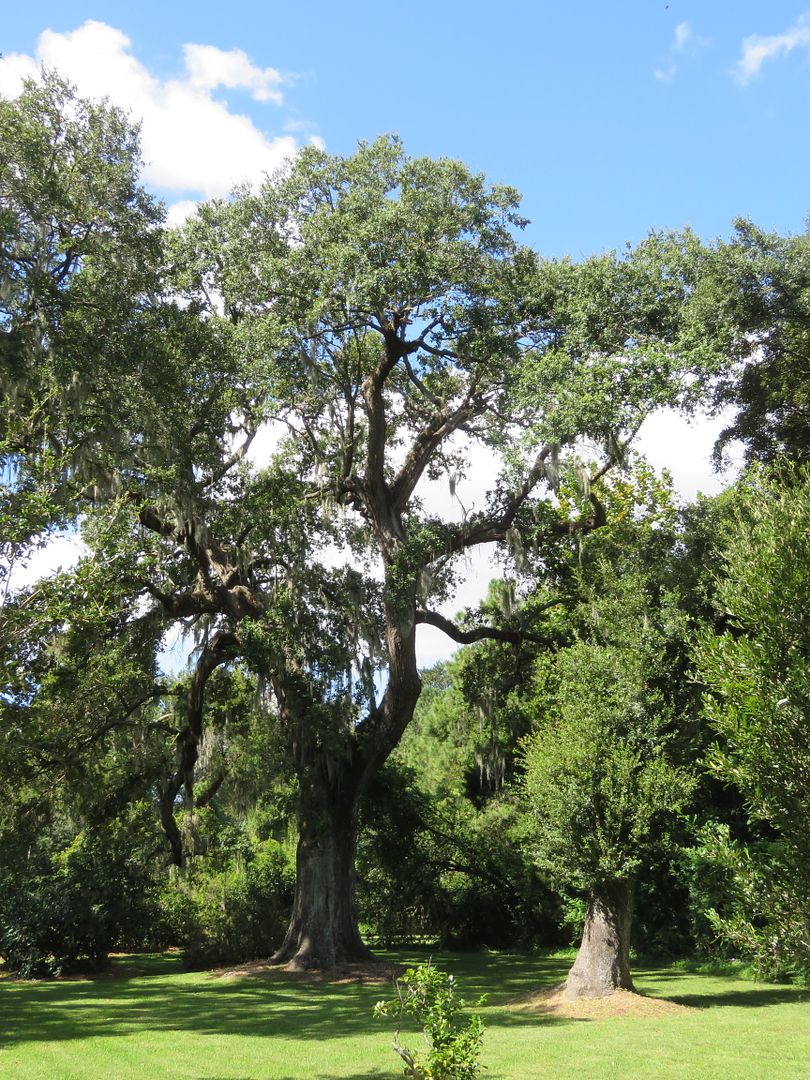
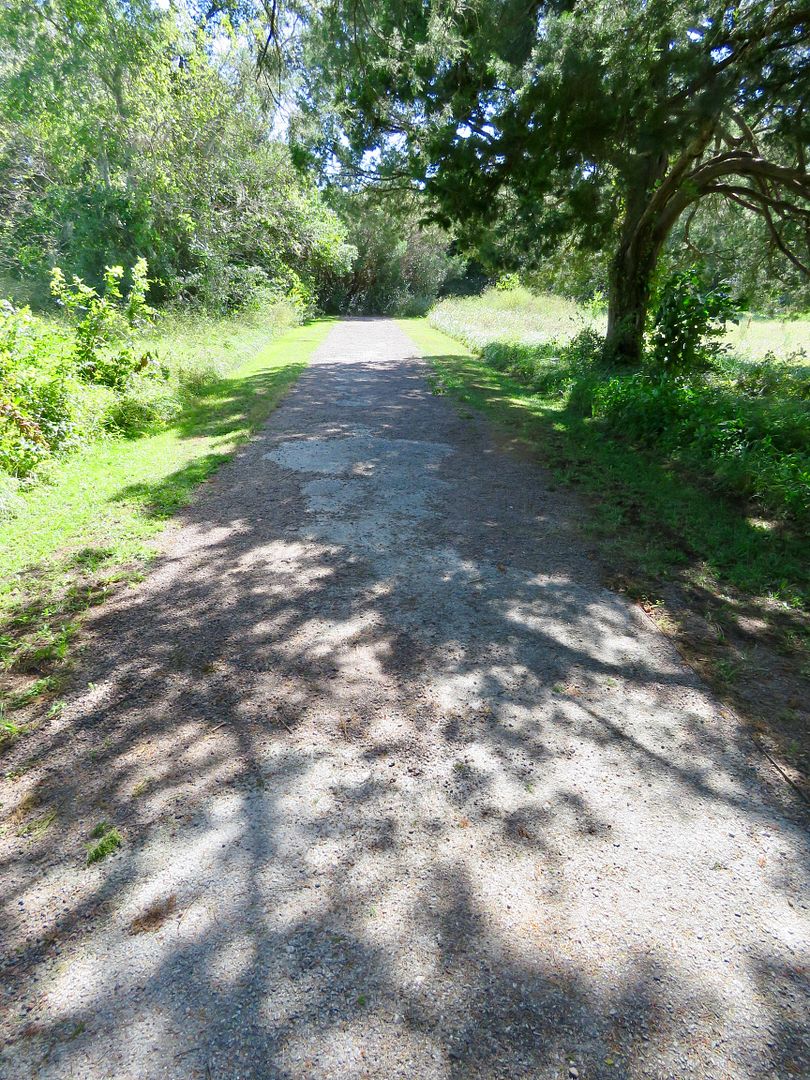
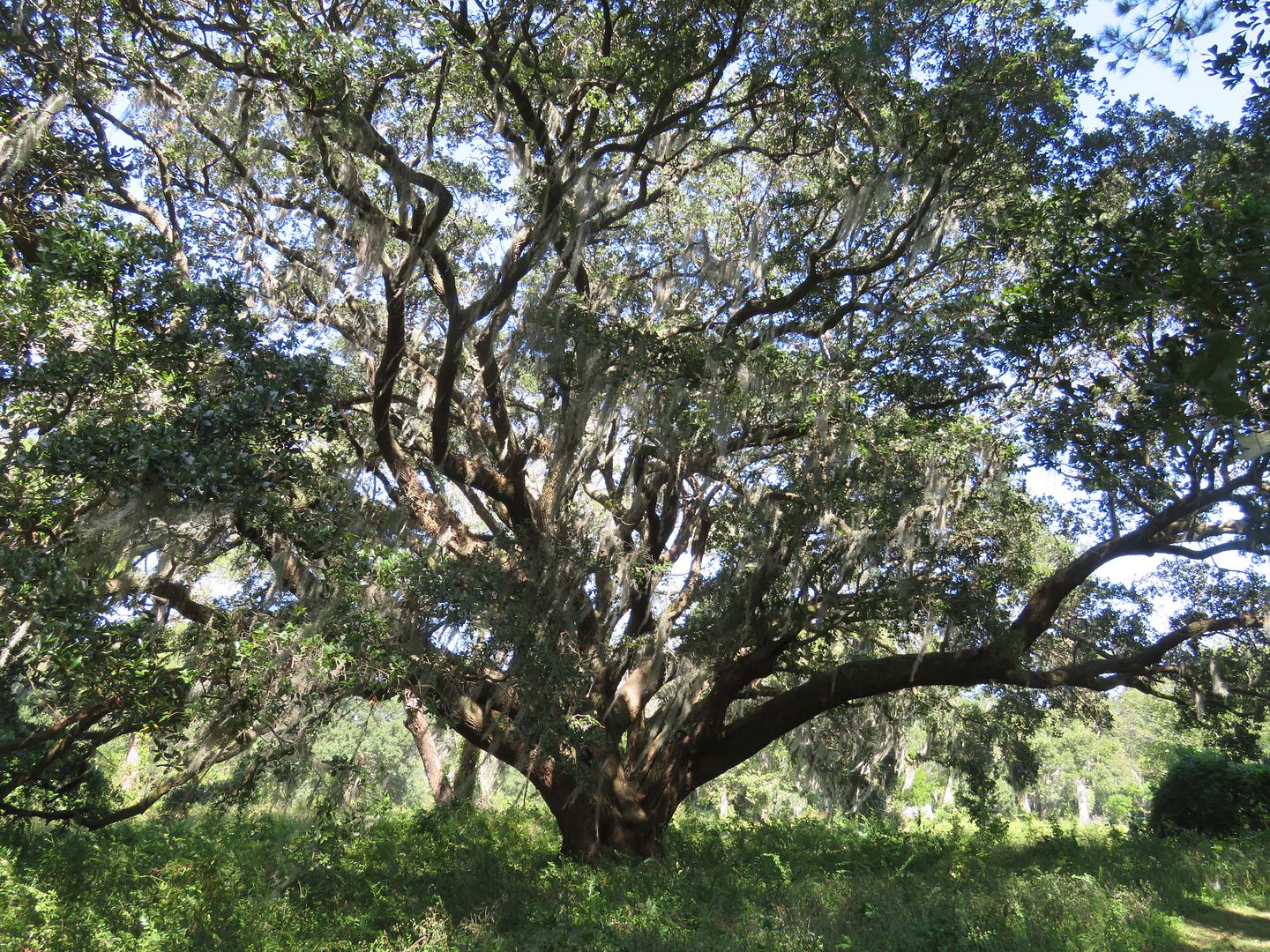
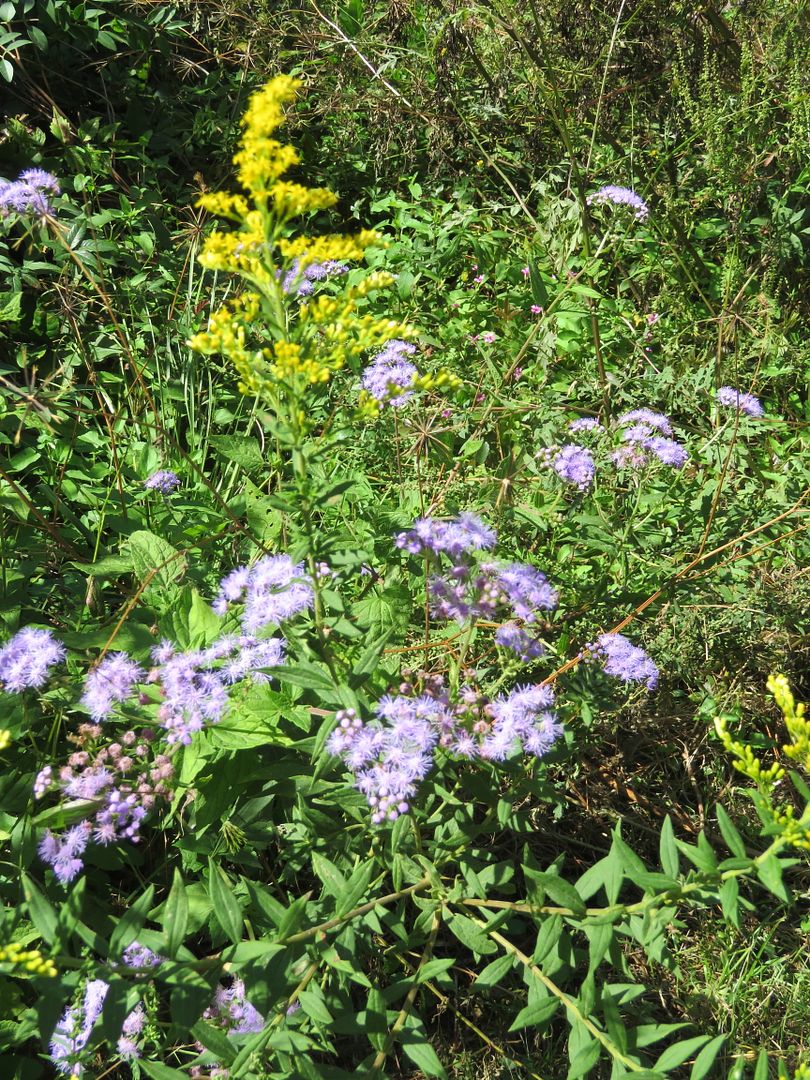

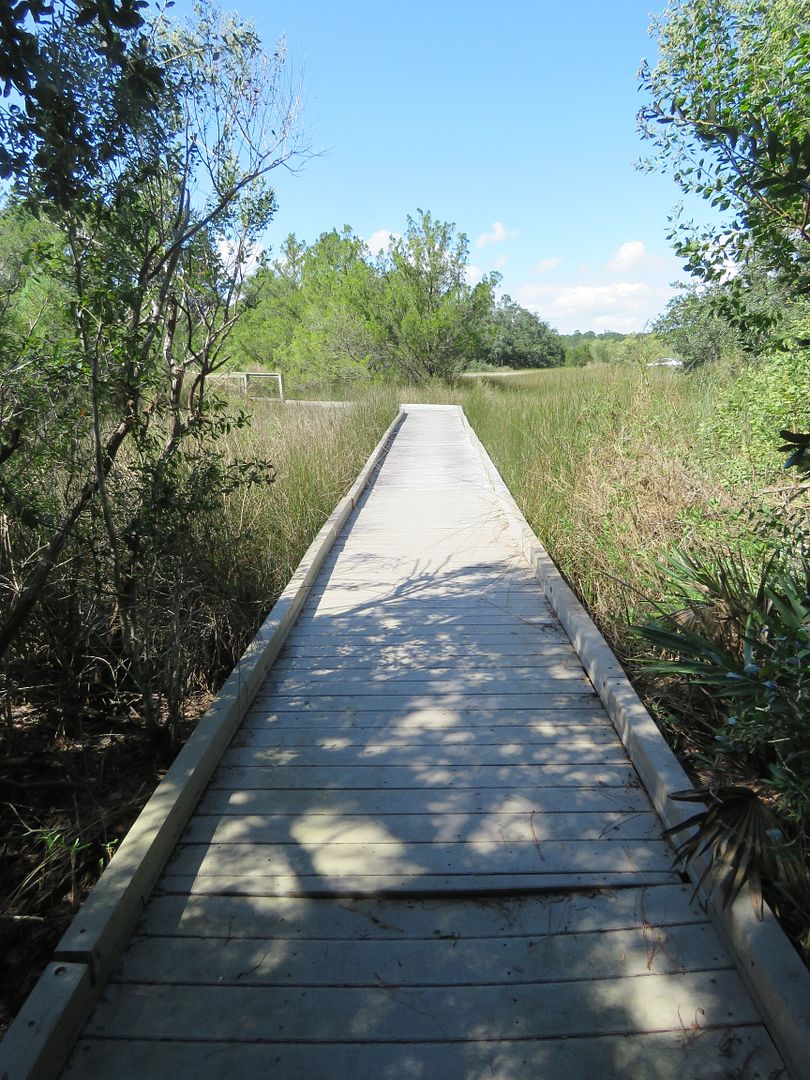
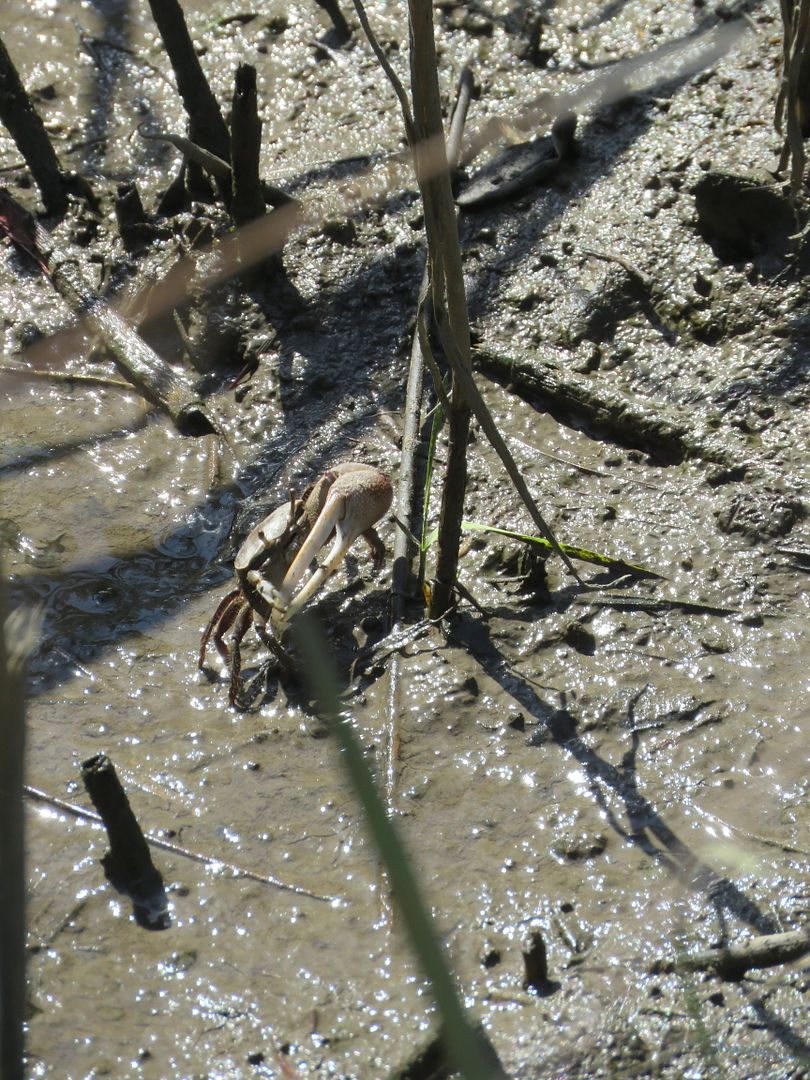
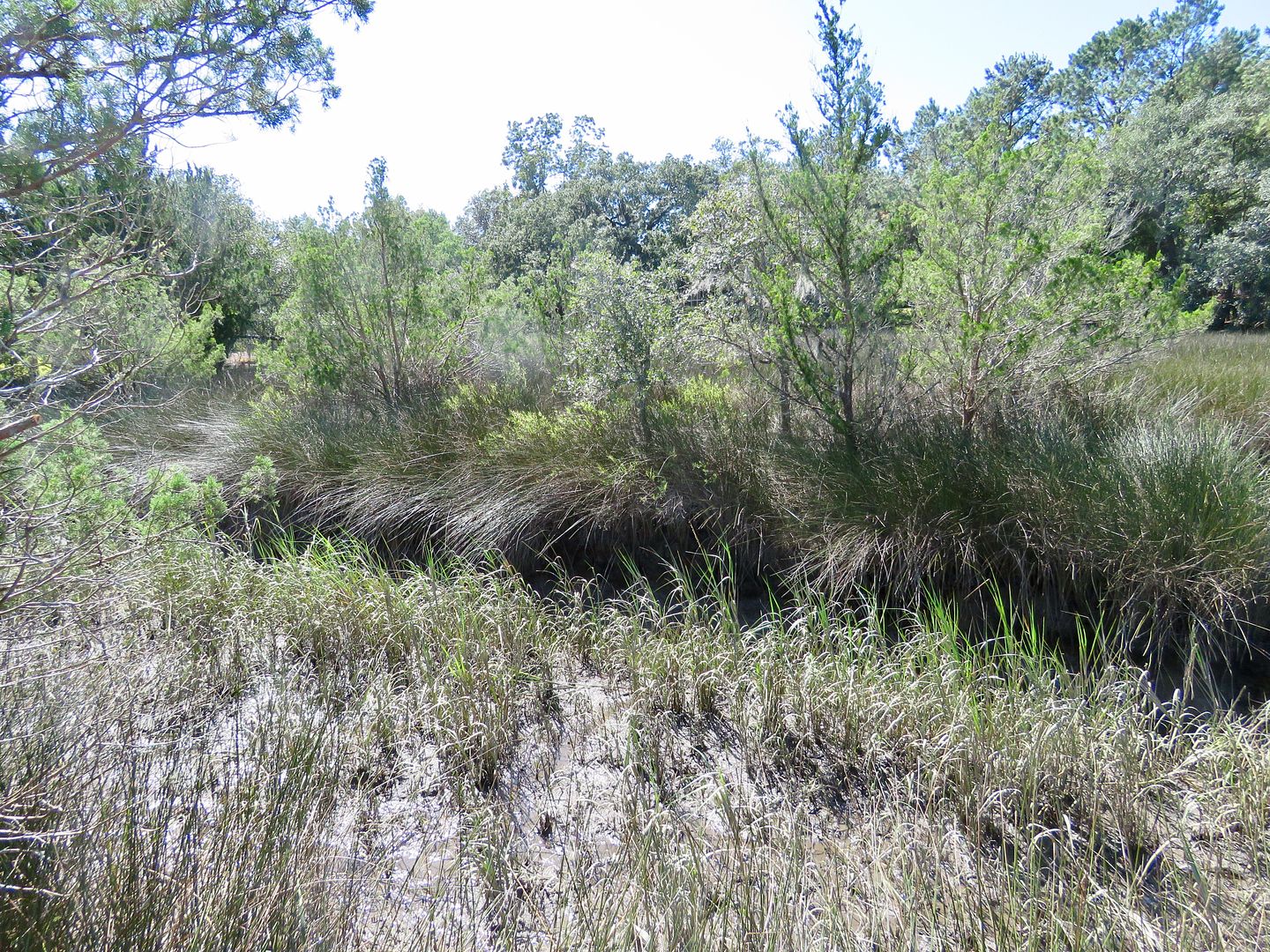
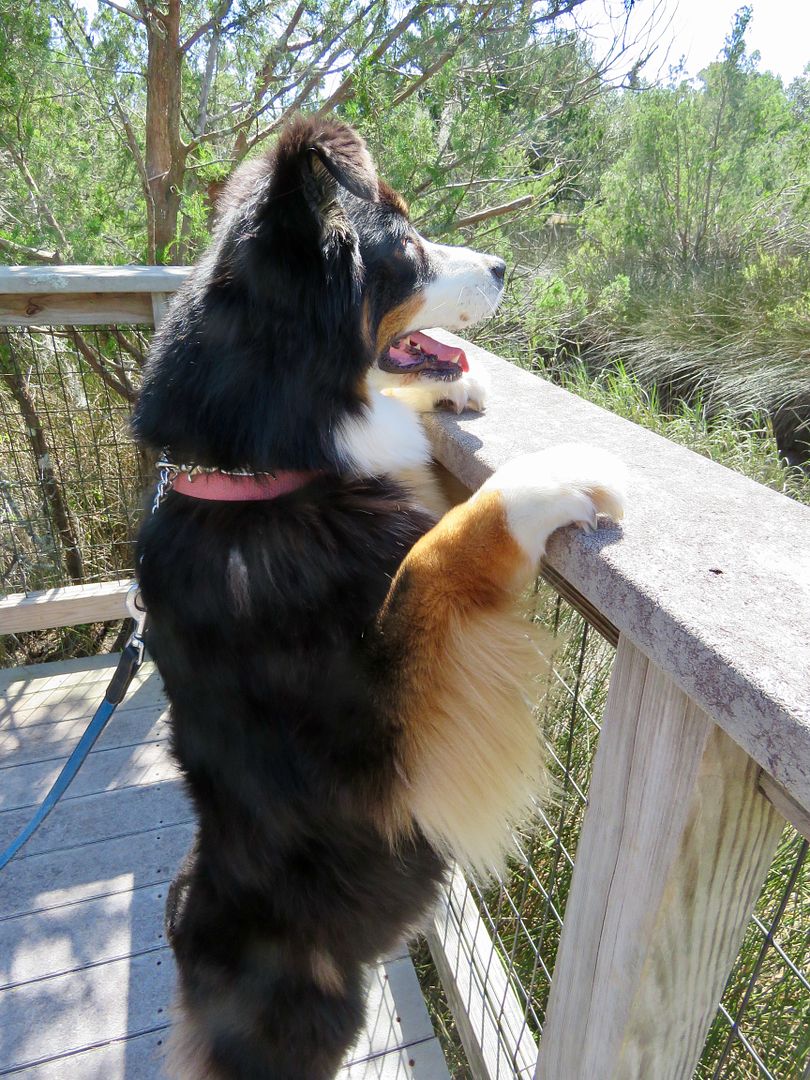
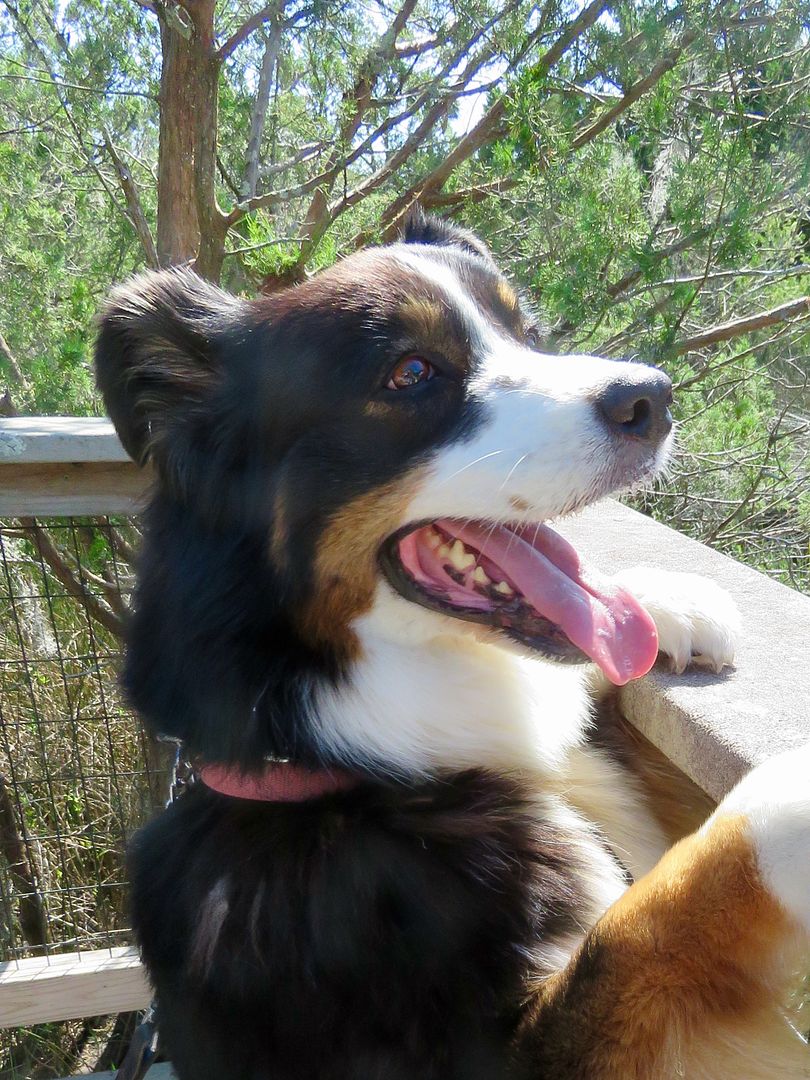

No comments:
Post a Comment